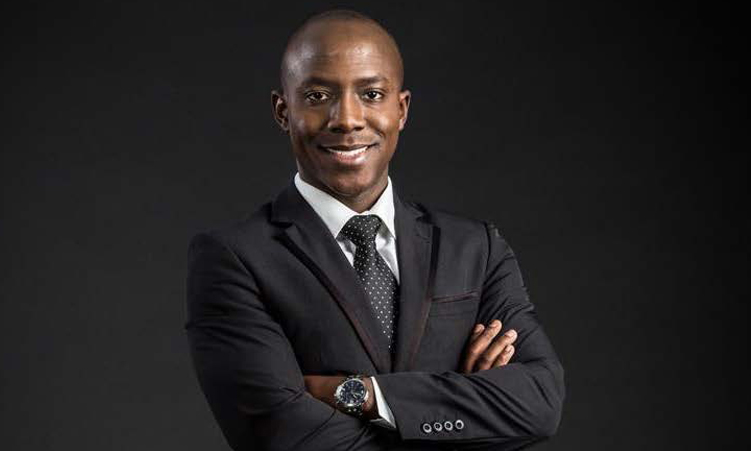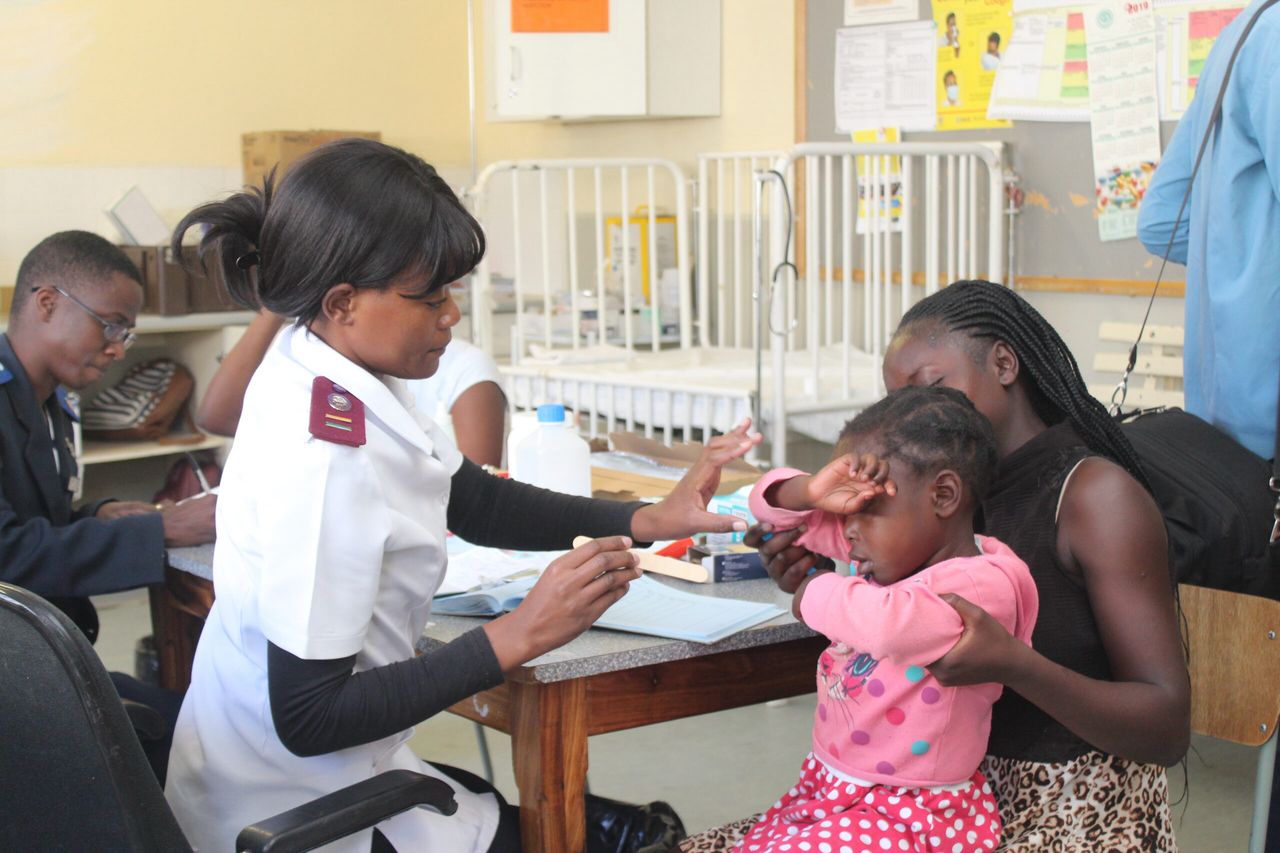So much has been said about green hydrogen by so many.
While there is a clear consensus that oil and gas hold great potential to create wealth for Namibia, green hydrogen remains a mystery to many.
As we grapple with the concept of green hydrogen, we try to attribute it to a particular individual or contemplate its uses and origins. To me, it is becoming a key differentiator among the numerous manifestos we are constantly being presented with.
Independent Patriots for Change presidential candidate Panduleni Itula has boldly stated that Namibia’s hydrogen is “only for export”, “will not fit into our grid”, and is an “experiment” the party would not waste time on.
At the other end of the spectrum, Landless People’s Movement (LPM) leaders submitted a motion in parliament to expedite the development of green hydrogen, which the party rightly recognised as a catalyst for the socio-economic advancement of the //Kharas and Hardap regions.
In 2021, following extensive research and engagement with the private sector, the government recognised green hydrogen as a versatile fuel.
When produced with renewable energy, it could play a crucial role in decarbonising global industrial ecosystems.
For countries that can produce it competitively, green hydrogen could also become a significant source of prosperity.
The government did not seek to develop various hydrogen applications independently, but rather invited people from all walks of life to partner with Namibia in establishing these new industries. The world responded overwhelmingly!
So, when Itula rejects hydrogen, whom is he truly rejecting?
The government’s ideas or the ingenuity of Namibia’s youth?
Allow me to introduce you to the real faces of green hydrogen.
TALE OF TWO DOCTORS
The University of Namibia has established the Namibian Green Hydrogen Research Institute.
Led by Zivayi Chiguvare, it is Natangue Shafudah, a young Namibian with a PhD in chemical engineering and material science, specialising in fuel cell dynamics, who truly captured my imagination.
Shafudah studied in Japan alongside his colleague, Alina Uusiku, who is now specialising in green hydrogen electrolyser manufacturing techniques, which she confidently presented to the president.
In a recent conversation, Shafudah shared that, in partnership with the government, “we have established a working research institute, procured state-of-the-art measuring equipment and are about to receive our first cohort of graduates with master’s and doctorate degrees in April next year”.
Namibians, including Frank Mungunda, have received scholarships to further their studies in Namibia and abroad in the field of green hydrogen.
Shafudah is proud of his achievements, Mungunda is eager to return home and contribute to his nation’s progress, and Uusiku told the president she intends to establish an electrolyser manufacturing facility in Namibia.
Why are we rejecting their research and development efforts?
‘NOT FOR OUR GRID’
In 2021, a young lady named Tashiya Walenga approached me with a concept called the ‘Renewstable’.
This technology could power the entire Swakopmund with clean energy, using solar power during the day and hydrogen at night.
They managed to mobilise blended financing to secure an acceptable price of electricity, brought NamPower on board as a co-owner of the project, and even secured land from the Swakopmund municipality to build the N$4,5-billion project.
If Itula were to give them permission, they would begin construction next year.
Not only will they provide electricity to our grid, but they will also provide ‘black start’ services to help the grid recover from blackouts.
Why are we rejecting their innovative contribution to our grid?
‘NOT FOR US, ONLY FOR EXPORT’
A young Namibian named Johannes Michels is passionate about leaving the world in a better state for future generations.
Michels grew up near Otjiwarongo and witnessed how sheep farmers in the Erongo region struggled due to erratic rainfall patterns driven by climate change.
Determined to contribute to solving this global issue, he reached out to friends around the world.
His response?
To produce green hydrogen in Namibia and use it locally to add value to iron ore deposits from Dordabis and Opuwo, creating direct reduced iron, a crucial ingredient for producing green steel.
His project is currently under construction behind the Valencia mines in the Erongo region.
Along with his friend Kevin, a fellow Namibian youth, Michels has employed 20 to 30 small and medium enterprises to build a 25MW solar power plant.
This marks the fastest delivery of any power plant in Namibia’s history.
This month, they imported a €10 million ‘oven’ from Germany, which will allow them to ‘cook’ the iron ore using locally produced hydrogen.
Why are we rejecting his audacity to change the world?
FOREIGN DIRECT INVESTMENT AND THE PRIVATE SECTOR
Not only have Namibian youths rallied behind the green hydrogen initiative, but Alex Saverys, a shipping magnate from Belgium, was so inspired by the Namibian government’s vision that he and his family decided to establish their African headquarters at Walvis Bay.
Their plan was to deploy a €3-billion investment in the Erongo region.
The Saverys family intends to use green hydrogen to produce shipping fuel and transform Walvis Bay into a regional bunkering hub, while turning Arandis into a clean industrial hub.
The Arandis Town Council has incorporated green hydrogen into its Strategic Plan for 2024 to 2029.
Additionally, billionaire Lei Zhang has teamed up with Paddy Padmanathan, the former chief executive of Acwa Power, to build an ammonia plant at Walvis Bay and explore producing wind turbines in Namibia for regional export.
Padmanathan oversaw the birth of the Neom project while at Acwa Power, which is currently the largest green ammonia project in the world.
Lei Zhang owns Envision, one of the world’s leading wind turbine and battery manufacturers, which has just completed the first phase of its green ammonia plant in Inner Mongolia. Why are we rejecting private sector investment?
The Namibian green hydrogen ecosystem is filled with young superstars committed to building a better future for themselves, their parents and their children.
Supported by private sector players from Namibia and beyond, these young people are determined to make a difference.
The green hydrogen programme, an initiative championed by a visionary government, stands alongside these young Namibian pioneers and our international partners.
Together, we will continue striving to make the impact the world so desperately needs.
- James Mnyupe is Namibia’s green hydrogen commissioner.
Stay informed with The Namibian – your source for credible journalism. Get in-depth reporting and opinions for
only N$85 a month. Invest in journalism, invest in democracy –
Subscribe Now!










